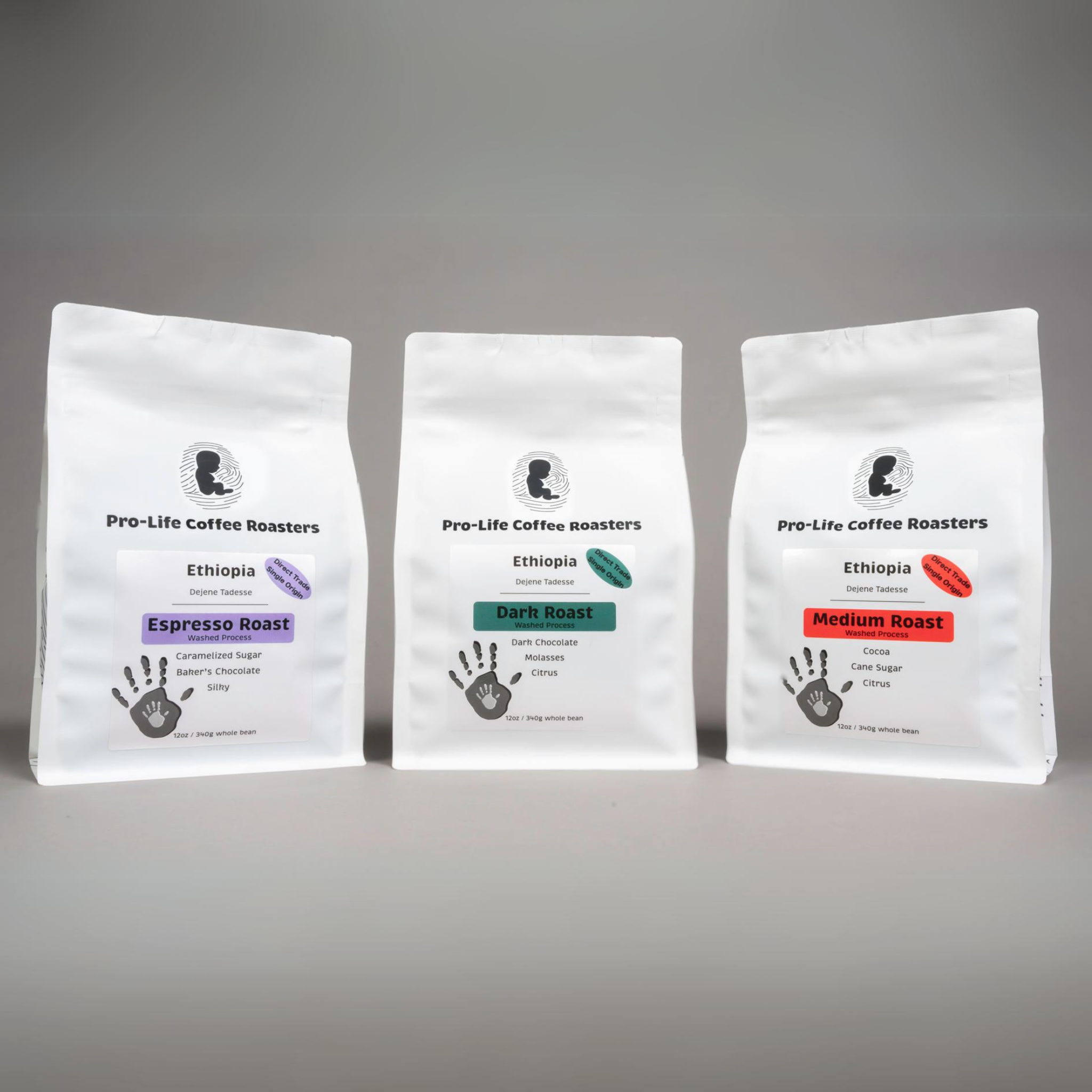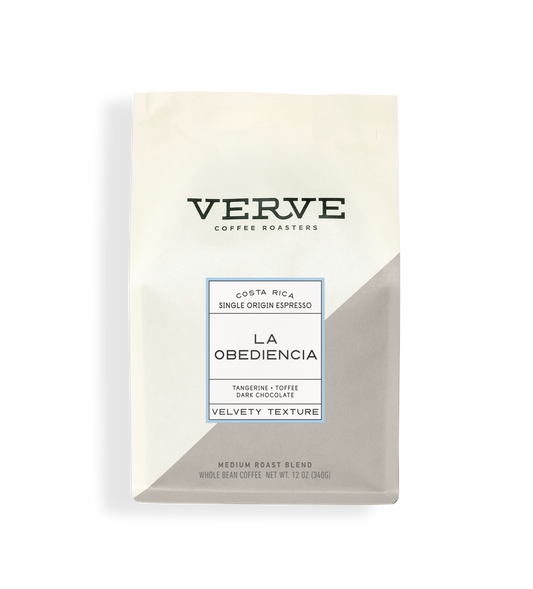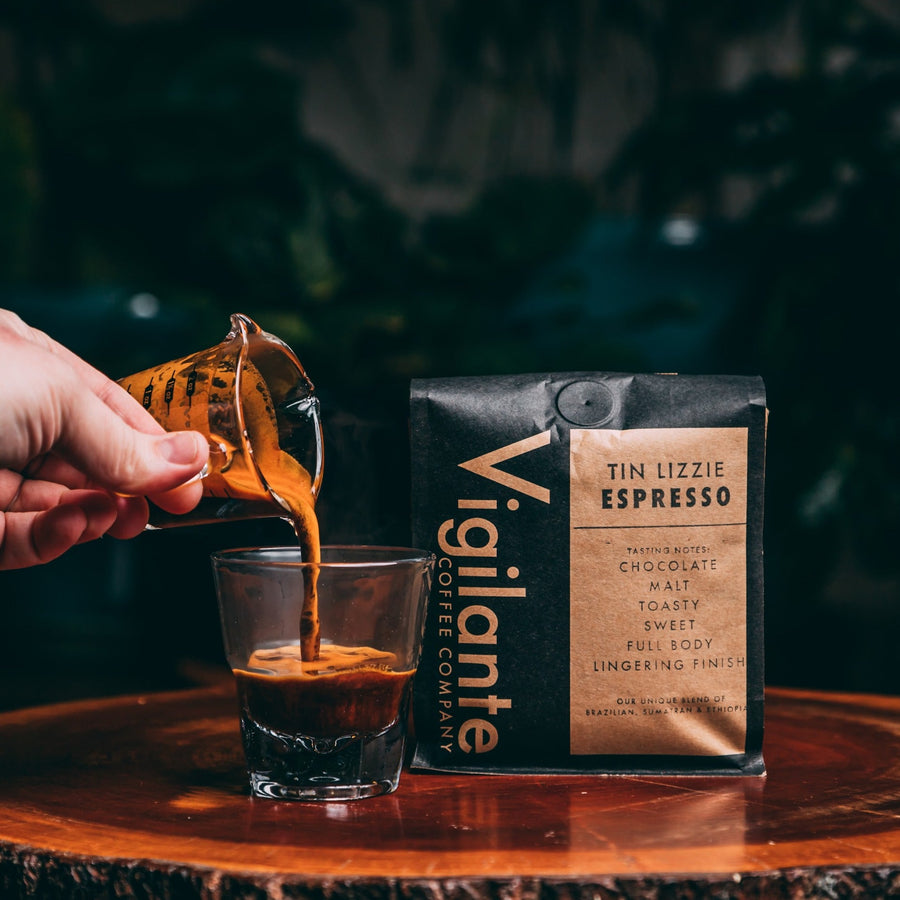Recognizing Coffee Beans: the Trip From Coffee to Blended Coffee Beans

The Origins of Coffee: An International Viewpoint
While you could think about coffee as a contemporary staple, its origins trace back centuries, intertwining with societies around the world. The tale starts in Ethiopia, where legend says a goat herdsman named Kaldi discovered the stimulating effects of coffee beans after observing his goats frolicking vigorously after consuming them. This stimulated interest, resulting in coffee's infect Arab investors who valued the brewed beverage. By the 15th century, it got to Persia, Egypt, and Turkey, where coffeehouses ended up being social centers for conversation and culture.
As profession courses broadened, coffee made its method to Europe in the 17th century, promptly gaining popularity. It transformed from a magical drink into a daily routine, intellectual exchanges and motivating gatherings. Each culture added its special spin to coffee prep work, improving its history. This global journey highlights exactly how coffee attaches us, going beyond borders and unifying varied practices through a straightforward bean.
Cultivation and Harvesting of Espresso Beans
As coffee's trip developed, the emphasis shifted to the growing and harvesting of particular bean ranges, especially those utilized for espresso. You'll find that espresso beans commonly originate from Arabica or Robusta plants, each offering unique flavors. The suitable growing conditions include high altitudes and rich, well-drained dirt, which improve the beans' high quality.
During the harvest, selecting approaches vary. In some regions, employees hand-pick ripe cherries, making certain just the most effective fruit goes to handling. In other areas, mechanical farmers are made use of, particularly on larger ranches. When the cherries get to peak perfection for maximum flavor., timing is crucial; you desire to collect.
As soon as collected, the beans are prepared for handling, which is important in establishing their last taste. Comprehending the growing and collecting procedures provides you insight into what enters into your favorite espresso, improving your admiration for each and every mug.
Handling Techniques: From Cherry to Bean
Since you've learnt more about gathering espresso beans, let's explore exactly how those cherries transform right into the coffee beans you like. You'll see just how various harvesting methods impact flavor, followed by the important steps of fermentation and drying out. Lastly, we'll break down the milling and grading procedure that identifies your coffee's high quality.
Harvesting Strategies Described
When it comes to coffee, understanding harvesting techniques is vital, given that they directly influence the taste and quality of the beans you appreciate. Discerning choosing includes hand-picking only ripe cherries, guaranteeing you obtain the finest top quality beans. Eventually, the choice of gathering technique can considerably influence your coffee experience, so it's worth knowing exactly how those beans made it to your cup.
Fermentation and Drying
After collecting, the next action in handling coffee beans play a substantial function in forming their flavor. You'll locate that fermentation is essential, as it aids damage down the mucilage bordering the beans, enhancing their preference profile. Depending on the approach, this process can last from a few hours to numerous days, with varying results based upon temperature level and humidity.
Sun-drying enables the beans to take in flavors from the environment, while mechanical drying guarantees regular dampness degrees no matter of climate. Appropriate drying out is crucial to avoid mold and maintain the beans' top quality, eventually affecting your cup of coffee.
Milling and Grading Refine
As fermentation and drying established the stage for flavor growth, the milling and grading procedure guarantees that only the finest coffee beans make it to your mug. This stage includes getting rid of the outer layers of the coffee cherry, including the parchment and husk. High-quality beans get a greater grade, resulting in a richer coffee experience.
Toasting Techniques: Unlocking Flavor Prospective
When you roast coffee beans, the technique you select can dramatically impact the flavor profile. Comprehending the partnership in between time, temperature level, and toasting techniques is crucial to disclosing the capacity of your mixture. Let's explore exactly how these components integrated to create the best cup.
Toasting Methods Described
While you could believe that all coffee roasting methods produce the same results, the fact is that each method reveals unique flavor possibilities in the beans. Drum roasting utilizes a revolving drum to evenly disperse warmth, improving caramelization and generating a balanced flavor. Air roasting, on the various other hand, flows hot air around the beans, promoting a lighter roast with obvious acidity.

Influence On Flavor Account
Different toasting techniques not only affect the procedure however likewise significantly impact the taste profile of the coffee beans. Dark roasts, on the other hand, bring out bold, smoky flavors, in some cases concealing the bean's one-of-a-kind characteristics. Understanding these subtleties aids you value the virtuosity behind your cup of coffee, boosting your general experience with every sip.
Time and Temperature Level Variables
To launch the complete taste capacity of coffee beans, both time and temperature level during the toasting process play considerable duties. When toasting, you'll locate that higher temperature levels can swiftly establish flavors, yet if you rush it, you may wind up with scorched notes. Conversely, lower temperature levels enable a more steady taste advancement, showcasing the beans' special qualities.

Timing is equally as vital; extending the roast as well long can result in a loss of level of acidity and brightness, while also brief a roast could leave the beans underdeveloped. Discovering that pleasant place requires practice and trial and error. By changing these variables, you can reveal the rich, intricate flavors concealed within each bean, creating a truly amazing coffee experience.
The Art of Mixing: Crafting Special Coffee Accounts

Beginning by picking a base coffee read this article that supplies a strong foundation. Pick corresponding beans to boost specific taste notes. An intense Ethiopian bean can bring fruitiness, while an abundant Brazilian coffee includes body. Trial and error is key-- don't hesitate to adjust ratios up until you locate your optimal profile.
As you blend, bear in mind that each mix tells a tale. You're not just making coffee; you're creating an experience. Take your time, taste regularly, and enjoy the trip of uncovering your trademark mix - Single Origin Espresso.
Developing Techniques: Exactly How Preparation Affects Taste
Mixing coffee opens up a domain of flavor opportunities, but exactly how you brew that blend can considerably affect your last cup. Different developing approaches draw out one-of-a-kind tastes and aromas, so it's vital to select wisely. A French press permits oils and sediments to continue to be, creating a rich, robust experience. On the other hand, a pour-over highlights the coffee's clarity and illumination, perfect for showcasing fragile notes.
Espresso, with its high pressure, generates a concentrated shot that accentuates sweetness and crema. If you favor a lighter brew, think about a cold mixture approach; it generates a smooth, less acidic preference.
Changing variables like water temperature level, grind size, and make time can transform your coffee's profile. Accept the art of brewing to uncover the flavors hidden in your coffee blends.
The Future of Coffee: Sustainability and Technology
As the coffee sector advances, sustainability and technology are coming to be vital for addressing environmental obstacles and meeting consumer demands. You'll notice that even more coffee companies are taking on environmentally friendly methods, from sourcing beans morally to implementing sustainable farming techniques. These shifts not just assist the world yet additionally boost the top quality of the coffee you appreciate.
You might see technologies like eco-friendly Get More Information packaging and water-saving developing methods that reduce waste. Advanced technology, such as blockchain, is additionally coming to be popular, guaranteeing openness in the supply chain, which enables you to trace your coffee back to its beginnings.
On top of that, buying neighborhood neighborhoods and supporting farmers through fair profession campaigns fosters an extra sustainable coffee ecosystem. As you drink your next cup, keep in mind that your selections can contribute to a brighter future for coffee. By selecting lasting brands, you're not just appreciating a beverage; you're making a favorable influence on the globe.
Often Asked Inquiries
What Is the Distinction Between Arabica and Robusta Beans?
Arabica beans are smoother, sweeter, and have a higher level of acidity, while robusta beans are stronger, a lot more bitter, and have even more caffeine. You'll notice these differences in flavor and fragrance when brewing your coffee.
How Does Elevation Affect Coffee Bean Taste?
Elevation influences coffee bean taste substantially. Higher elevations produce beans with brighter level of acidity and facility flavors, while reduced elevations commonly yield beans that are much heavier and much less nuanced. You'll observe these distinctions in your cup!
What Are the Health Perks of Drinking Coffee?
Consuming coffee can boost your power, improve psychological focus, and also improve physical efficiency. It's abundant in antioxidants, might decrease the risk of specific conditions, and can promote a healthier metabolic rate when eaten in small amounts.
Can Coffee Beans Be Reused for Brewing?
Yes, you can recycle coffee beans for developing, but the flavor could be weak. If you enjoy exploring, attempt recycling them in various methods, like chilly mixtures or including in shakes for an additional kick.
Just how Should I Store Coffee Beans for Quality?
To maintain your coffee beans fresh, save them in an airtight container in an amazing, dark location. Stay clear of exposing them to light, warm, or moisture, as these aspects can rapidly deteriorate their flavor and aroma.
Recognizing Coffee Beans: the Journey From Coffee to Blended Coffee Beans.
Currently that you have actually learned about collecting coffee beans, allow's explore how those cherries change right into the coffee beans you enjoy.When you roast coffee beans, the method you pick can dramatically affect the taste account - Single Origin Espresso.While you might think that all coffee toasting approaches generate the same results, the truth is that each strategy exposes unique flavor potentials in the beans.Different roasting techniques not only affect the process however likewise significantly impact the flavor account of the coffee beans
Comments on “A Guide Before Buying SOE Single Origin Espresso”